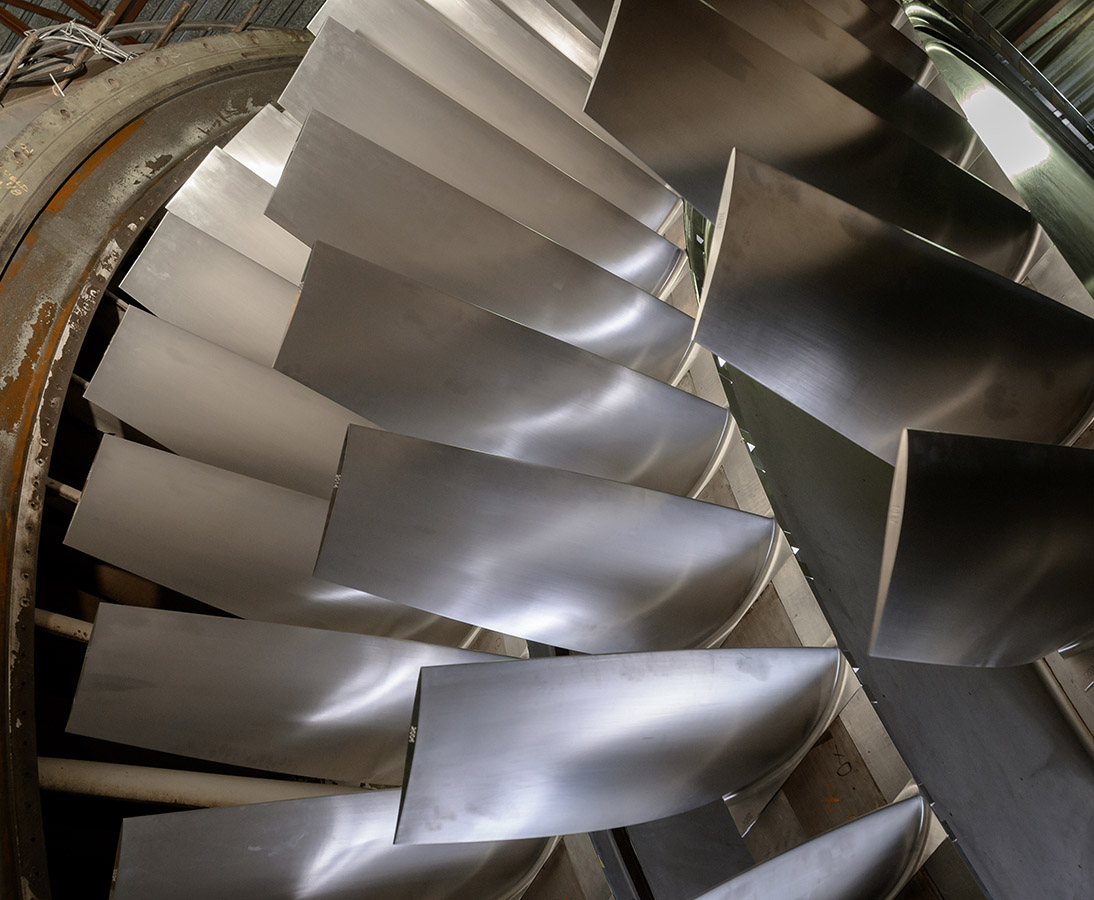Stay Up to Date
Submit your email address to receive the latest industry and Aerospace America news.
The Ground Testing Technical Committee focuses on evaluating aircraft, launch vehicles, spacecraft, structures and engines in wind tunnels and other facilities.
Early in the year and for the first time, the existing isolated propeller test setups in the RUAG wind tunnel in Switzerland were used to perform a comparative aerodynamic study of geometrically similar model and full-scale propellers. The project in collaboration with Textron Aviation and McCauley Propeller Systems led to an improved understanding of scaling, installation and wind tunnel interference effects.
The National Research Council of Canada, NRC, completed a study in its 3-meter by 6-meter wind tunnel on rain-induced drag on vehicles, followed by the ground anti-icing fluid test on its Vertical Stabilizer Common Research Model. NRC’s 2-meter-by 3-meter wind tunnel completed testing of the road traffic and turbulence system followed by a test on the measurement of the aerodynamic behavior of stay cables with two different ice thicknesses resembling freezing rain precipitation at 2.5 and 60 millimeters, the latest in a series of test campaigns focusing on ice accretion.
In April, the Virginia Tech Stability Wind Tunnel, in partnership with AVEC Inc., completed a high-frequency microphone array for aeroacoustic measurements.
In May, the National Full-Scale Aerodynamics Complex in California, part of the Arnold Engineering Development Complex, completed a comprehensive effort to characterize flow through its 40-by -80-foot wind tunnel. The custom-built probe array evenly distributes 27 different sensors throughout the tunnel cross section. The characterization effort produced the most complete assessment of flow behavior and quality since the late 1980s and builds on the results of a single-point dynamic pressure calibration completed in early 2017.
Calspan hosted the 12th International Symposium on Strain-Gauge Balances and the 133rd Supersonic Tunnel Association International meeting in May at its New York headquarters.
The Japan Aerospace Exploration Agency and the Japanese aviation industry completed a technology demonstration of a resin-based lightweight acoustic liner on the F7-10 engine testbed in June. This follows JAXA’s continued work to establish new system-level engine testing capabilities since the engine’s acquisition and performance test in 2019 and a first technology demonstration of the ceramic matrix composite turbine shroud in 2021.
In July, for the first time in 50-years, the three-stage compressor at NASA Ames’ Unitary Plan Wind Tunnel has been successfully tested with a new, more robust aluminum blade design. The 160-ton compressor was heavily instrumented and tested to speeds greater than 700 revolutions per minute. New performance curves and operating setpoints were established to allow for speeds up to Mach 1.4 in the 11-foot transonic test section. The effort was followed by a static pressure calibration using the new, optimized 55-foot-long static pipe.
May 6 marked 75 continuous years of operation for the San Diego Air and Space Technology Center Low Speed Wind Tunnel. The year began with Aurora Flight Sciences of Virginia testing a subscale model of its Active Flow Control X-Plane, a candidate for DARPA’s CRANE, Control of Revolutionary Aircraft with Novel Effectors, program. This year marked the culmination of improvements made to the tunnel over the last five years: data system update, new high-speed data acquisition system, pressure measurement system, and renovation of the tunnel interior surfaces, turning vanes and roof.
August marked 55 years of operation for Lockheed Martin’s Low Speed Wind Tunnel in Georgia, during which time it logged nearly 50,000 hours of air-on test time and 125,000 hours of completed tests.
The European Transonic Wind Tunnel’s Lean Secondary Roll Mechanism continued to demonstrate wings-level yaw capability since its commission in 2021. ETW and the German Aerospace Center completed in March and October testing to provide research institutes and universities with a comprehensive data set to validate computational fluid dynamics codes using standard force and pressure measurement techniques, as well as unsteady measurements. These included unsteady high-frame-rate cryogenic pressure sensitive paint measurements with frame rates up to 2 kilohertz and complex time-resolved particle image velocimetry measurements.
Contributors: Peter Aschwanden, Martin Dine, Pat Goulding, Ryan Kew, Matthew Kuester, Luc Levasseur, Keiichi Okai, Eric Paciano, Joe Patrick and Harald Quix
Stay Up to Date
Submit your email address to receive the latest industry and Aerospace America news.




